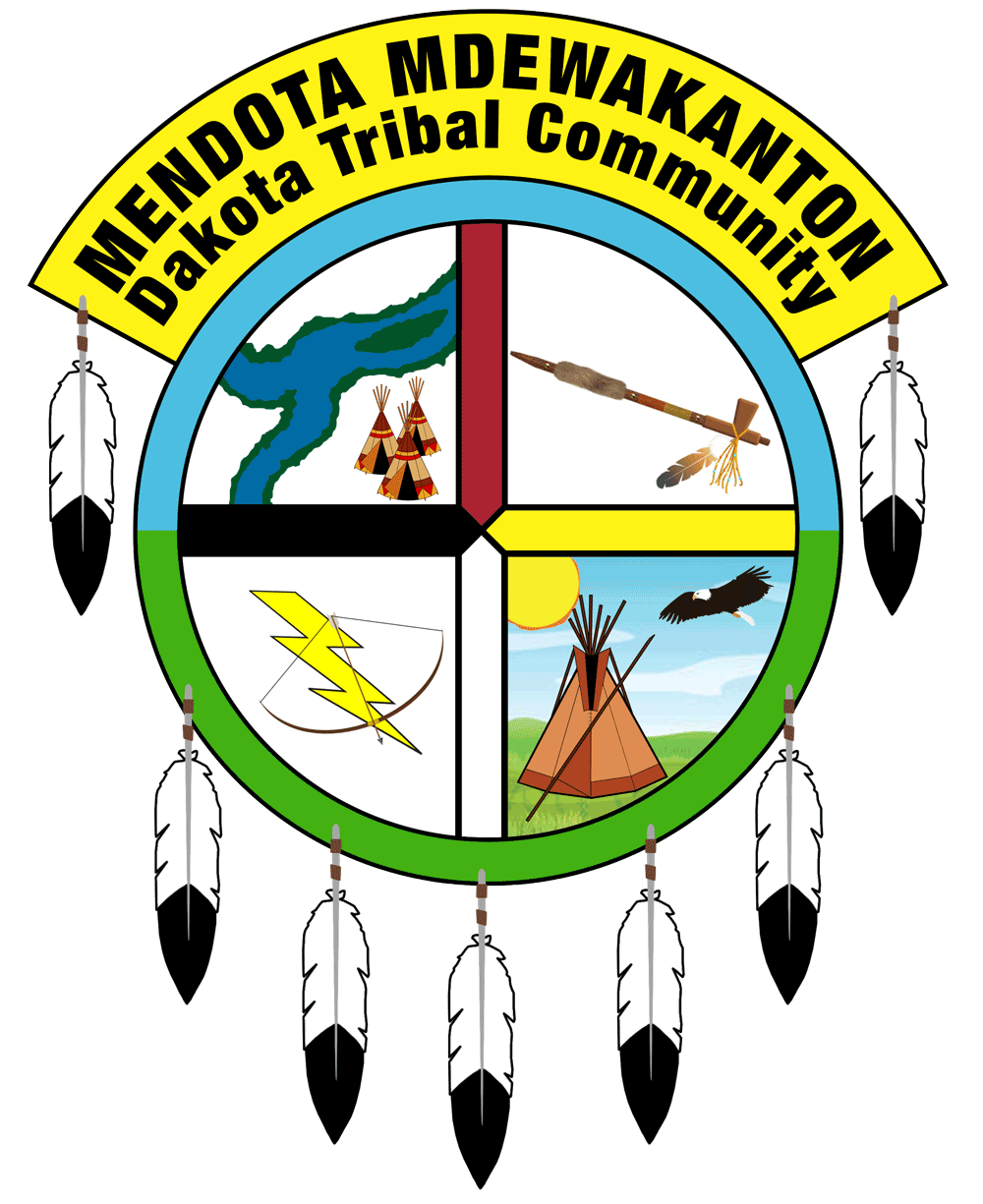By BEN COHEN, Star Tribune
September 3, 2008
When Steve Blake of Minneapolis was a boy, the artist and future chairman of the Twin Cities chapter of the American Indian Movement would sketch the whirl of activity around the Wounded Knee conflict of the early 1970s.
Blake, who as a teenager designed the American Indian Movement, or AIM, logo widely recognized as the symbol of the movement, died of lung ailments on Wednesday in Minneapolis. He was 51.
Blake, whose father, Francis Blake II, helped establish the AIM, became a teacher in his Ojibwe culture, fluent in the language and a force for justice in Minnesota, said his family and friends.
His mother, Norby Blake of St. Paul, recalled that he sketched the activities of the early AIM leaders in the late 1960s and early 1970s. “He was a curious and very active young man,” she said.
He was a graduate of Heart of the Earth School and South High School in Minneapolis.
As a member of the Minneapolis Police Community Relations Council, he worked to ensure that people receive fair treatment when dealing with the police. Clyde Bellecourt, American Indian activist and co-chairman of the Police Community Relations Council, said Blake had been reviving the AIM street patrols he helped establish in the 1980s.
“If someone needed help day or night, he would respond,” Bellecourt said. “If it was Red Lake or anywhere, he would go.”
In recent years, Blake helped establish AIM chapters at St. Cloud State University, in Red Lake, Minn., and in Fargo, N.D.
He was an accomplished dancer and singer in native ceremonies, participating in powwows around the nation. He crafted ceremonial drums and ceremonial dress.
His “top-notch” paintings were “seen around the world,” Bellecourt said.
Two years ago, Blake underwent a double lung transplant. In April, he struggled anew with illness, but he had bounced back until recent weeks, said his cousin, Minneapolis Police Sgt. Bill Blake, who also serves on the Police Community Relations Council.
“Steve really had a strong passion to help people and reach out to others,” Bill Blake said.
Floyd (Buck) Jourdain, tribal chairman of the Red Lake Ojibwe Nation, said Steve Blake was a leader who would also roll up his sleeves and do the grass-roots work, such as teaching the culture to children in Minnesota and Wisconsin or taking kids to Pipestone, Minn., to teach about its sacred quarry.
“He was articulate and outspoken” but didn’t waste words, Jourdain said. “He backed up his talk with action. He practiced the culture hands-on.”
In addition to his mother, he is survived by his fiancée, Lani Moran of Minneapolis; a brother, Francis III of St. Paul; a sister, Valerie of St. Paul, and nephew Jesse and niece Neegahnee, both of St. Paul.
